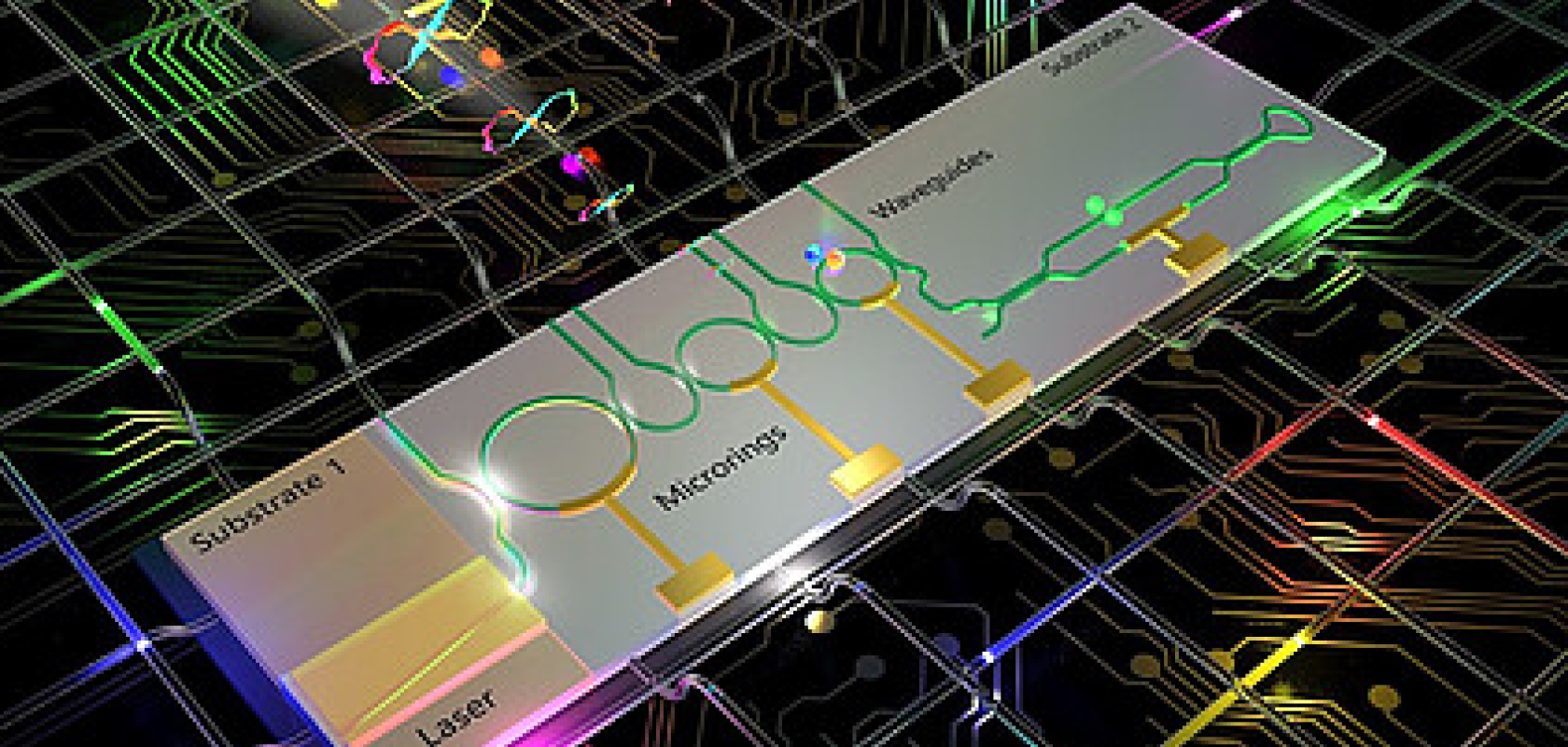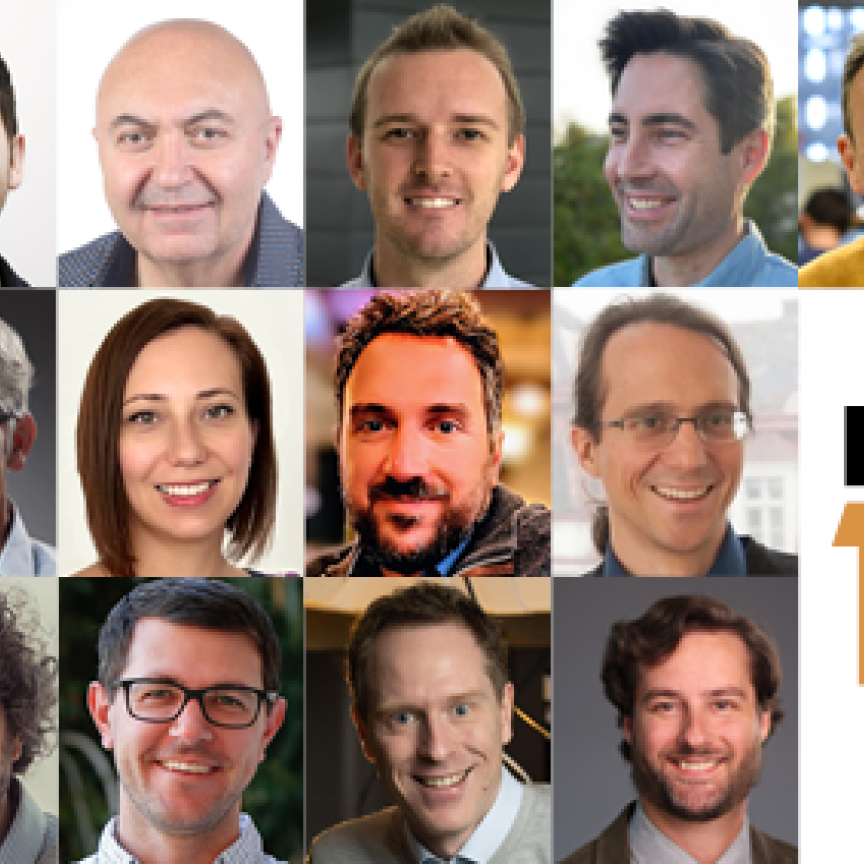A team of international researchers from Leibniz University Hannover, the University of Twente and Dutch start-up QuiX Quantum has successfully integrated an entangled quantum light source on a chip for what they say is the first time.
The work, reported in Nature Photonics, used a novel "hybrid technology" that combines a laser made of indium phosphide and a filter made of silicon nitride on a single chip, to reduce the source size by over 1,000 times.
This enables reproducibility, scaling, stability over time, and potential mass production – all of which are necessary for real-world applications, including quantum processors.
On-chip photonics has become a leading platform for processing optical quantum states, as it is compact, robust, and allows for the arrangement of many elements on a single chip.
Quantum light sources are used to generate light quanta, or photons, that function as quantum bits (qubits – the foundation of quantum computers). The researchers have developed an electrically-excited, laser-integrated photonic quantum light source that fits entirely on a chip and can emit frequency-entangled qubit states. Previously, quantum light sources required external, off-chip and bulky laser systems, which limited their use in the field. The team’s new development overcomes these limitations by exploiting different integrated platforms and a novel chip design. They believe this breakthrough could lead to the development of programmable photonic quantum processors, with the quantum light source as a fundamental component.
“Now we can integrate the laser with other components on a chip so that the whole quantum source is smaller than a one-euro coin," said Dr Raktim Haldar, a research fellow at the Leibniz University Hannover’s Institute of Photonics. “Our tiny device could be considered a step towards quantum advantage on a chip with photons. Unlike Google, which currently uses super-cold qubits in cryogenic systems, the quantum advantage could be achieved with such photonic systems on a chip even at room temperature.”
The research was funded by the German Federal Ministry of Education and Research (BMBF) and the European Research Council. It was headed up by Professor Michael Kues, head of the Institute of Photonics and a board member of the PhoenixD Cluster of Excellence at Leibniz University Hannover. The cluster comprises around 120 scientists working on novel integrated optics.
Learn more about the new chips in Nature Photonics.


